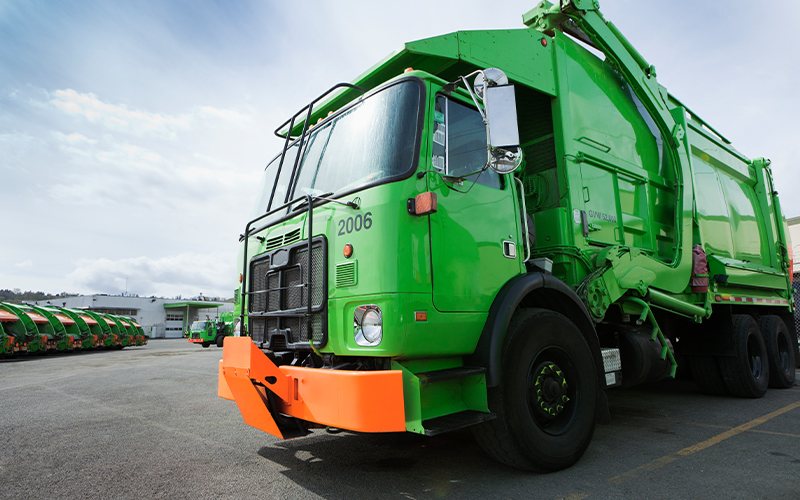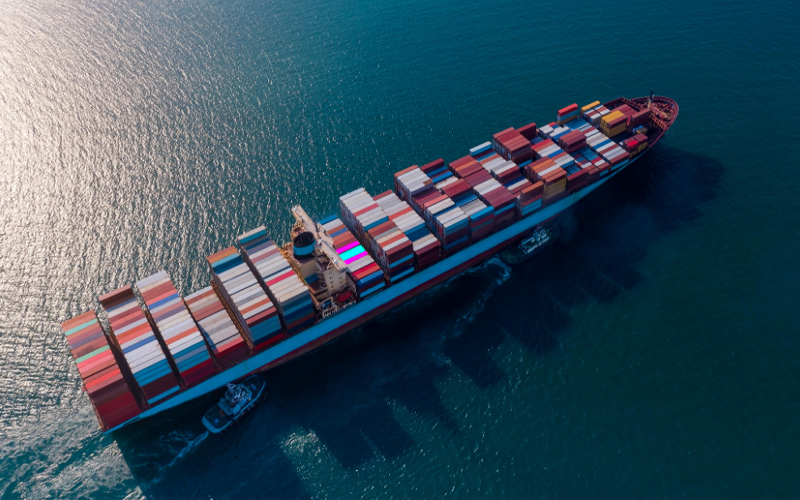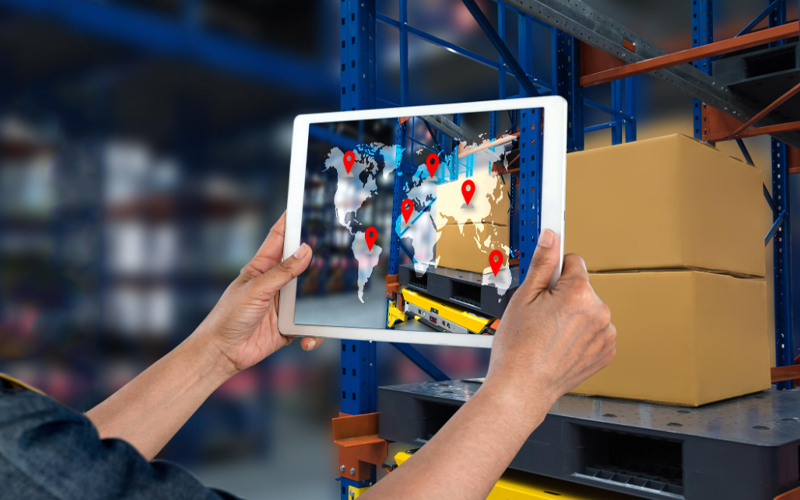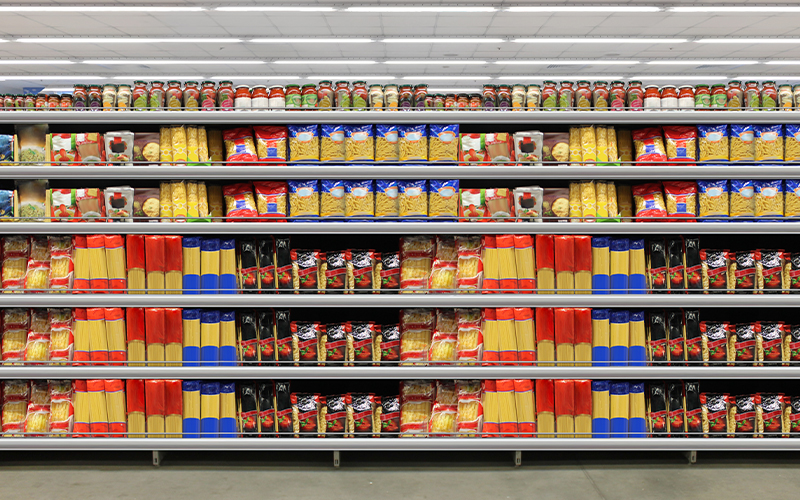The number of vehicles on the road is increasing rapidly across the globe causing unmanageable chaos on roads. The increasing density of vehicles not only causes traffic congestion but is also a huge contributor to environmental pollution. It is a no-brainer that effective traffic control systems need to be implemented to streamline the flow of traffic.
The question is How? The answer is Technology!
Fortunately, digital solutions are now available to address the most complex issues that we face. Digital transformation is revolutionising various sectors and enhancing their efficacy, especially through the integration of IoT solutions . And, leveraging the right technology is the key to building efficient traffic control systems.
The technology that has emerged at the forefront to address vehicular traffic problems is the Internet of Things or IoT, which plays a crucial role in intelligent traffic management. We are all familiar with IoT technology because it has impacted our lives in one way or the other. One of the most common examples of an IoT device that we use is Fitbit. The device has sensors that pick up signals to monitor various health parameters in real time. These readings can be directly provided to a clinician who can recommend the required course of action, showcasing the application of IoT in healthcare. Essentially IoT sensors can be embedded anywhere to track metrics in real-time and necessary action can be taken instantly.
In an IoT-based smart traffic management system, vital information is provided by IoT sensors for effective traffic monitoring. This optimises the time interval of traffic signals so that they function according to the number of vehicles on the road.
A smart traffic management system using iot in transportation enables the monitoring of traffic in all the streets in a city through a centralised control centre. Based on this data, conditions such as traffic jams or traffic congestion can be prevented with the help of dynamic traffic adjustments such as traffic light optimisation, entry alarms, etc. The IoT technology facilitates direct communication between intelligent vehicles at intersections or other important touchpoints on roads. Another vital feature of smart traffic management is that it helps provide priority access to emergency vehicles such as ambulances, police vehicles, etc.
How does IoT-based Smart Traffic Control Function?
The working of IoT for any application entails the integration of multiple objects into a single centralised panel for effective data analytics. The integration is facilitated by built-in sensors, etc. IoT solutions that collect and transmit data to the control panel are essential for effective traffic monitoring.
For smart traffic control, IoT sensors are installed in various vehicles. These sensors are integrated with traffic signals, street lights, etc. Sensors facilitate continuous monitoring and help reduce accidents, making them vital for intelligent traffic management. Additionally, IoT technology enhances the quality and efficiency of services by enabling traffic control professionals to analyse data gathered by sensors in real time.
Safety of transportation improves with IoT technology. This is because data such as the number of vehicles at a traffic junction or intersection can be tracked and required action can be taken to prevent accidents or mishaps. Traffic control professionals can optimise design processes to minimise operating costs based on data provided by IoT sensors in their monitoring systems. IoT sensors can also monitor variations in traffic patterns and provide real-time data to drivers enabling them to choose routes that avoid traffic congestion ,thus improving transportation systems.
The traffic management system using IoT technology facilitates connected vehicles. In other words, vehicles can be connected with IoT which makes it easy to detect the vehicle from a distance. It also helps monitor driver behaviour, driving style, etc. IoT sensors also provide data on the type of vehicle, its destination, speed, and more contributing to real-time traffic analysis. All this data helps in regulating traffic on the road and reducing downtime.
IoT technology not only reduces traffic congestion and road accidents but also lowers fuel consumption by vehicles, and thus positively impacts the environment.
A smart traffic management system using iot offers dynamic traffic signal processing based on real-time data analytics. IoT sensors collect data on the number of vehicles, congestion, weather conditions, and more. All this data is processed and displayed on a centralised control panel. Traffic organisations and municipalities can monitor traffic conditions on the interactive control panel, enhancing their traffic monitoring capabilities.
In Conclusion
Technology is advancing at a breakneck speed and revolutionising every aspect of our lives. Smart cities are the next thing on the horizon. A vital aspect of a smart city is the seamless flow of traffic. IoT-based smart traffic control can optimise traffic flow and enhance the capacity of roads without the need for additional roads. IoT in transportation is a futuristic technology that has the potential to resolve most issues we face in logistics process outsourcing because of the fast-paced increase in vehicular traffic.
*For organizations on the digital transformation journey, agility is key in responding to a rapidly changing technology and business landscape. Now more than ever, it is crucial to deliver and exceed on organizational expectations with a robust digital mindset backed by innovation. Enabling businesses to sense, learn, respond, and evolve like a living organism, will be imperative for business excellence going forward. A comprehensive, yet modular suite of services is doing exactly that. Equipping organizations with intuitive decision-making automatically at scale, actionable insights based on real-time solutions, anytime/anywhere experience, and in-depth data visibility across functions leading to hyper-productivity, Live Enterprise is building connected organizations that are innovating collaboratively for the future.








